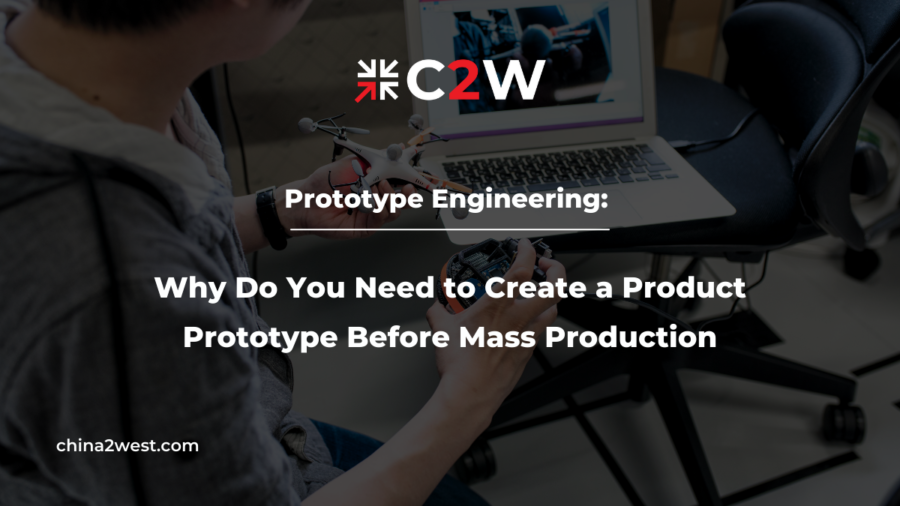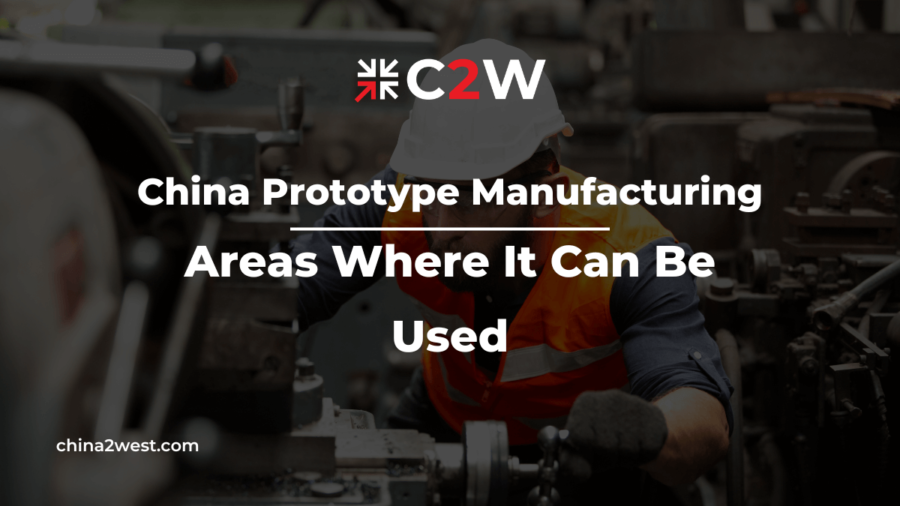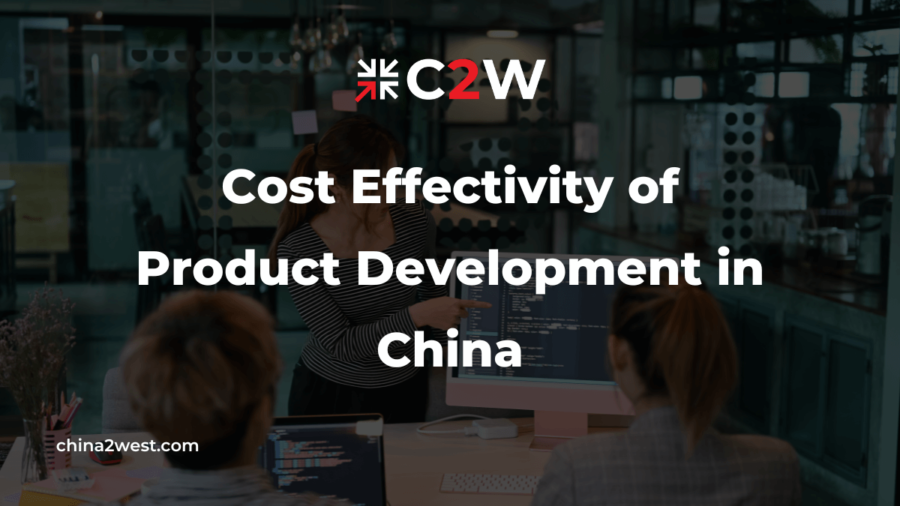If you’re familiar with how to create new products or have experience in manufacturing them, then it should be clear that creating a product prototype is an important step in the process of product development.
However, if you’re new to the industry and want to come up with a unique product for your company from scratch before distributing it worldwide, you’ll need to study all aspects of the product prototype beforehand. Otherwise, you’ll find yourself wasting time and effort by starting at square one in China.
Want to know more about product prototypes? We’ve got you covered. In this blog post, we will show you the main advantages of making a product prototype before mass production! Let’s start right away!
What is a Product Prototype?
Technically, a product prototype is the first thing of its kind.
It’s an early three-dimensional version of your idea, which is an essential early step in the inventing process.
In most cases, product prototypes are built to answer questions.
Some prototypes are used to provide verification of design decisions while others serve as testbeds for functional testing, customer perception testing, assembly planning, etc. Still, other prototypes are created to anticipate future problems, and continually compare the evolving product with customer needs.
For example, firms that create electronic products confront a variety of difficult issues, so they needed to make a special type of prototype board containing all the different components in order to keep testing. Sometimes, the engineers won’t know the final form of the electronic products until they create a series of product prototypes to determine which one will work best given the current situation.
Creating a prototype can be one of the most fun and rewarding steps you’ll take in product development. That’s because developing a prototype allows you to really tap into your creativity, using those skills that inspired your invention idea in the first place.
What are the Benefits of Prototypes?
Product prototypes help simplify the manufacturing process in many aspects which can save you time and money in the long run, as well as ensure that your product is of the highest quality.
Keep reading to learn about some of the key benefits associated with prototyping before mass production.
1. Test and Refine Your Idea
You might think your idea is perfect and that the product prototype should work out perfectly, but you’ll never know what other issues and challenges are there unless you start taking your idea from theory to reality.
A product prototype, an initial mock-up, can be used to test whether your idea is feasible or not.
Precisely, a product prototype allows you to check the form, fit, and function of your concept. If the prototype has any defects, then it needs to be fixed, or even worse, you have to revise your idea and rebuild the model before showing it off to others because an imperfect product is not persuasive for any potential investment.
2. Receive Feedback
Second of all, a successful product prototype is a good way for your business to receive feedback from target customers before making an official launch to a wider market.
If the potential customers are pleased with what they see in your prototype, then there will be no problem for your company to move forward with the next step of product development. However, if they are not satisfied with what they see, you need to change directions, either altering how it looks or works – preferably without wasting too much time or money.
3. Evaluate a Potential Manufacturer
If you plan on manufacturing in China, prototypes can be used to evaluate and select potential manufacturers. Having various prototypes from different manufacturing suppliers, you can compare the quality and functionality of each production process and line. If a manufacturer is not paying attention to your prototype, then you should just walk away from them. It’s wise to work with someone who is dedicated to your project since this will ensure success for both parties involved.
4. Know Your Product Well
Finally, the manufacturing process in China may be different from what you’re used to in the US. For example, the Chinese manufacturer may also offer different services and support such as product designs, material sourcing, and prototype technology which you don’t need.
So it’s important that whoever builds your prototype not only needs to understand your expectations and requirements so they know how best to fulfill those requirements, but also they can give the right feedback based on their own unique perspective. Therefore, it is always a wise decision to create an accurate product prototype to ensure that everything run well as expected before going into full-scale production.
How to Create Product Prototypes in China?
Making a product prototype grants you the opportunity to experiment and decide what will work best for your invention.
However, choosing who to work with for your product prototype project won’t be an easy task. Here are some tips on how to find a partner to create your product prototype in China.
- Do your research beforehand associated with the suppliers and technologies.
- Determine whether you need a prototype engineer in-house or not.
- Work with product prototype manufacturing companies that specialize in your industry.
- Avoid those that offer products and services way outside their realm of expertise
If you’re new to product prototypes, you’ll be happy to know that we have 17 years of experience working with Western companies of different sizes. We understand the challenges associated with inventing something from scratch – that’s why we work closely alongside your company during every stage of development. We specialize in industrial design, prototype engineering, manufacturing, and quality inspection. If it has anything to do with product development in China, we are we’re an expert at it! Contact us today for a free consultation.



